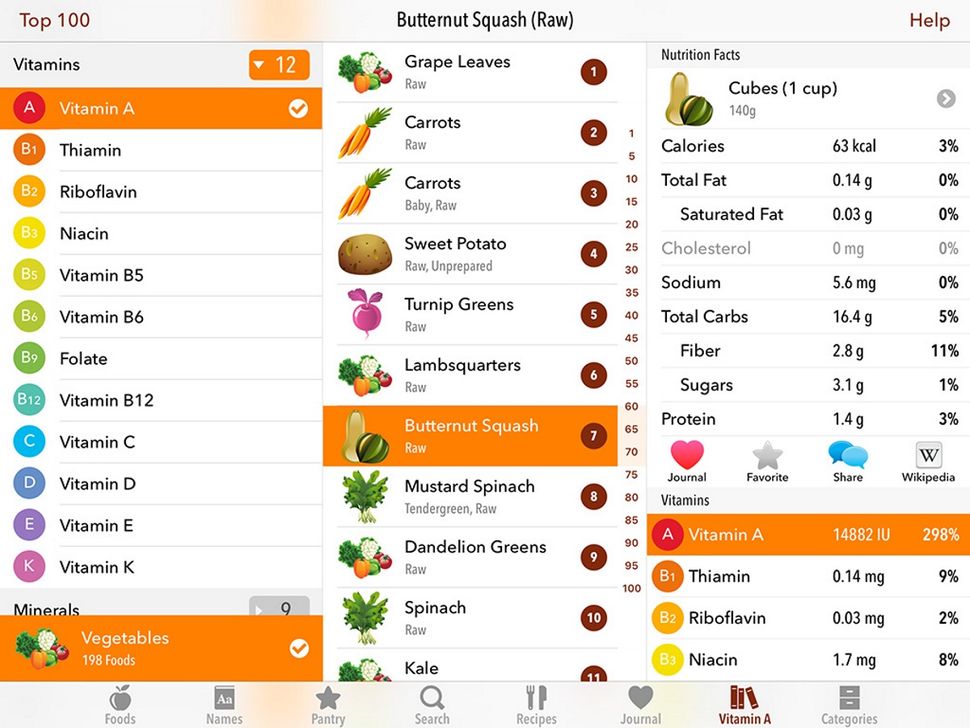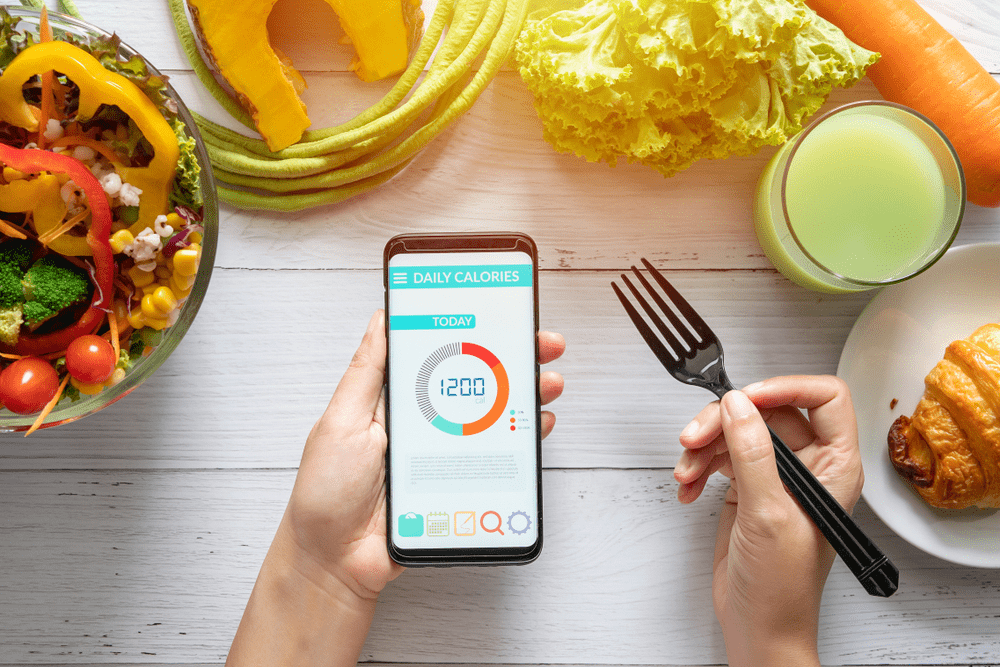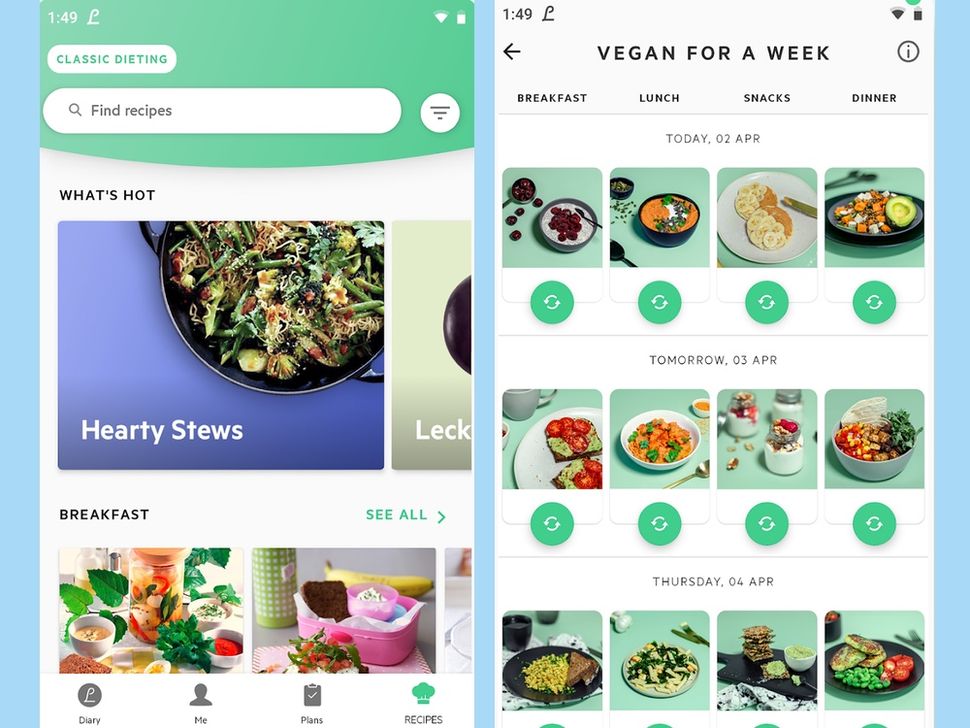Nutrition apps have emerged as powerful tools, empowering individuals to take control of their health and wellness journeys. These apps provide a wealth of features that cater to diverse user needs, from calorie tracking and macronutrient analysis to personalized recommendations and gamified challenges.
By leveraging technology and data-driven insights, nutrition apps are transforming the way we manage our nutrition and achieve our health goals.
Market Overview
![]()
The nutrition app market is experiencing substantial growth, driven by increasing health consciousness and the proliferation of smartphones.
According to a recent report by Research and Markets, the global nutrition app market was valued at USD 2.3 billion in 2021 and is projected to reach USD 7.0 billion by 2027, exhibiting a CAGR of 18.5% during the forecast period.
Key Players
The market is highly competitive, with several key players including:
- MyFitnessPal
- Lose It!
- Noom
- WW (Weight Watchers)
- Cronometer
User Demographics and Needs

The target audience for nutrition apps encompasses individuals seeking to improve their health and well-being through dietary management. Their demographics, health goals, and motivations vary widely, reflecting the diverse nature of nutritional concerns.
Commonly, users of nutrition apps fall within the following demographics:
- Health-conscious individuals seeking to maintain a healthy weight and prevent chronic diseases.
- Individuals with specific dietary restrictions or allergies.
- Athletes and fitness enthusiasts aiming to optimize their performance.
- Individuals with chronic health conditions, such as diabetes or heart disease, requiring dietary modifications.
Health Goals, Nutrition apps
The health goals of nutrition app users are diverse, ranging from weight loss and maintenance to disease management and improved athletic performance. Specific goals may include:
- Losing or gaining weight
- Managing blood sugar levels
- Reducing cholesterol levels
- Improving heart health
- Enhancing athletic performance
Motivations
The motivations driving individuals to use nutrition apps are multifaceted. Common reasons include:
- Convenience and accessibility of nutrition information
- Desire for personalized nutrition guidance
- Accountability and support in achieving health goals
- Tracking progress and monitoring dietary habits
- Empowerment to make informed nutrition choices
Pain Points and Unmet Needs
Despite the numerous benefits of nutrition apps, there remain common pain points and unmet needs among users. These include:
- Difficulty finding apps that cater to specific dietary needs
- Lack of personalized recommendations and guidance
- Inaccuracy or incompleteness of nutrition data
- Limited integration with other health and fitness apps
- Concerns about data privacy and security
App Features and Functionality: Nutrition Apps
Nutrition apps are designed to help users track their food intake, monitor their nutritional status, and make healthier food choices. They offer a wide range of features and functionalities to meet the diverse needs of users.
Core features of nutrition apps include:
- Food logging:Allows users to record the foods they eat, including the serving size and time of consumption.
- Calorie tracking:Calculates the total number of calories consumed based on the food logged.
- Macronutrient analysis:Breaks down the food logged into its macronutrient components (carbohydrates, protein, and fat) and provides insights into their distribution.
- Recipe sharing:Allows users to share recipes with others and access a database of recipes tailored to their dietary preferences and goals.
User-friendly design and personalization options are crucial for the success of nutrition apps. A well-designed app should be easy to navigate, visually appealing, and provide personalized recommendations based on the user’s individual needs and preferences.
Data Integration
Many nutrition apps integrate with other health and fitness apps, such as fitness trackers and calorie-counting apps. This allows users to track their food intake, exercise, and overall health in one place.
Community and Support
Some nutrition apps offer community forums and support groups where users can connect with others who are on similar health journeys. This can provide motivation, accountability, and a sense of belonging.
Gamification
To make tracking nutrition more engaging, some apps incorporate gamification elements, such as challenges, rewards, and leaderboards. This can help users stay motivated and make healthier choices.
Data Collection and Analysis

Nutrition apps collect a wide range of data from users to provide personalized recommendations and insights. These apps typically employ various methods to track food intake, physical activity, and other relevant metrics, leveraging this data for analysis to tailor advice and support.
Methods for Data Collection
- Food Logging:Users manually enter the foods they consume, including portion sizes and preparation methods. This provides detailed information about calorie intake, macronutrient distribution, and specific nutrient content.
- Image Recognition:Some apps utilize image recognition technology to identify and log food items from photos taken by users. This simplifies food logging and reduces the need for manual entry.
- Activity Tracking:Apps can integrate with fitness trackers or use built-in sensors to monitor physical activity levels, such as steps taken, distance traveled, and calories burned.
- Biometric Data:Certain apps collect biometric data, such as weight, body fat percentage, and blood pressure, to provide a more comprehensive understanding of users’ health status.
Data Analysis for Personalized Insights
The data collected by nutrition apps is analyzed to provide personalized insights and recommendations. This analysis may involve:
- Calorie Tracking:Apps calculate calorie intake based on logged food and activity data, helping users monitor their energy balance and adjust their diets accordingly.
- Nutrient Analysis:Apps analyze the nutrient content of logged foods to provide insights into users’ intake of essential vitamins, minerals, and macronutrients.
- Goal Setting and Progress Tracking:Apps allow users to set nutrition and fitness goals, and track their progress over time, providing motivation and accountability.
- Personalized Recommendations:Based on data analysis, apps provide tailored recommendations for meal planning, recipes, and lifestyle changes to help users achieve their health goals.
Integration with Other Health Tools
Nutrition apps can seamlessly integrate with other health and fitness devices and services, enabling users to track their progress holistically. This integration allows for data sharing and cross-platform compatibility, providing a comprehensive view of the user’s health and wellness journey.
By connecting to fitness trackers, nutrition apps can automatically import activity data, such as steps taken, calories burned, and heart rate. This information helps users understand how their nutritional intake affects their energy levels and fitness performance. Integration with sleep trackers can provide insights into the impact of nutrition on sleep quality and duration.
Benefits of Integration
- Enhanced data accuracy and completeness
- Automated data tracking and analysis
- Personalized nutrition recommendations based on activity levels and sleep patterns
- Improved user engagement and motivation
Successful integrations have been implemented by various nutrition apps, such as MyFitnessPal’s integration with Fitbit and Garmin devices. These integrations have significantly improved user engagement and adherence to nutrition plans by providing a seamless and comprehensive tracking experience.
Case Studies and Best Practices

Successful nutrition apps leverage innovative features, targeted marketing, and data-driven insights to engage users and promote healthy eating habits. Here are some notable case studies:
MyFitnessPal: This popular calorie-tracking app empowers users to monitor their food intake, exercise, and weight. Its extensive food database, personalized meal plans, and community support have made it a go-to tool for weight management.
Target Audience and Marketing Strategies
- MyFitnessPal targets health-conscious individuals seeking to lose weight or improve their overall nutrition.
- Its marketing strategy emphasizes user testimonials, social media campaigns, and collaborations with fitness influencers.
Best Practices
- Comprehensive food database for accurate calorie tracking.
- Personalized meal plans tailored to individual goals.
- Community features to foster motivation and accountability.
Summary
As the nutrition app market continues to evolve, we can expect even more innovative features and integrations that will further enhance user engagement and empower individuals to make informed decisions about their health. The future of nutrition apps holds immense potential for improving population health and well-being.
FAQ Resource
What are the key features of nutrition apps?
Nutrition apps typically offer a range of features, including food logging, calorie tracking, macronutrient analysis, recipe sharing, and personalized recommendations.
How do nutrition apps collect and use user data?
Nutrition apps collect user data through various methods, such as food intake tracking, physical activity monitoring, and surveys. This data is used to provide personalized recommendations, insights, and tailored nutrition plans.
How can nutrition apps help me achieve my health goals?
Nutrition apps can assist in achieving health goals by providing personalized nutrition plans, tracking progress, and offering motivational features such as challenges and rewards.
